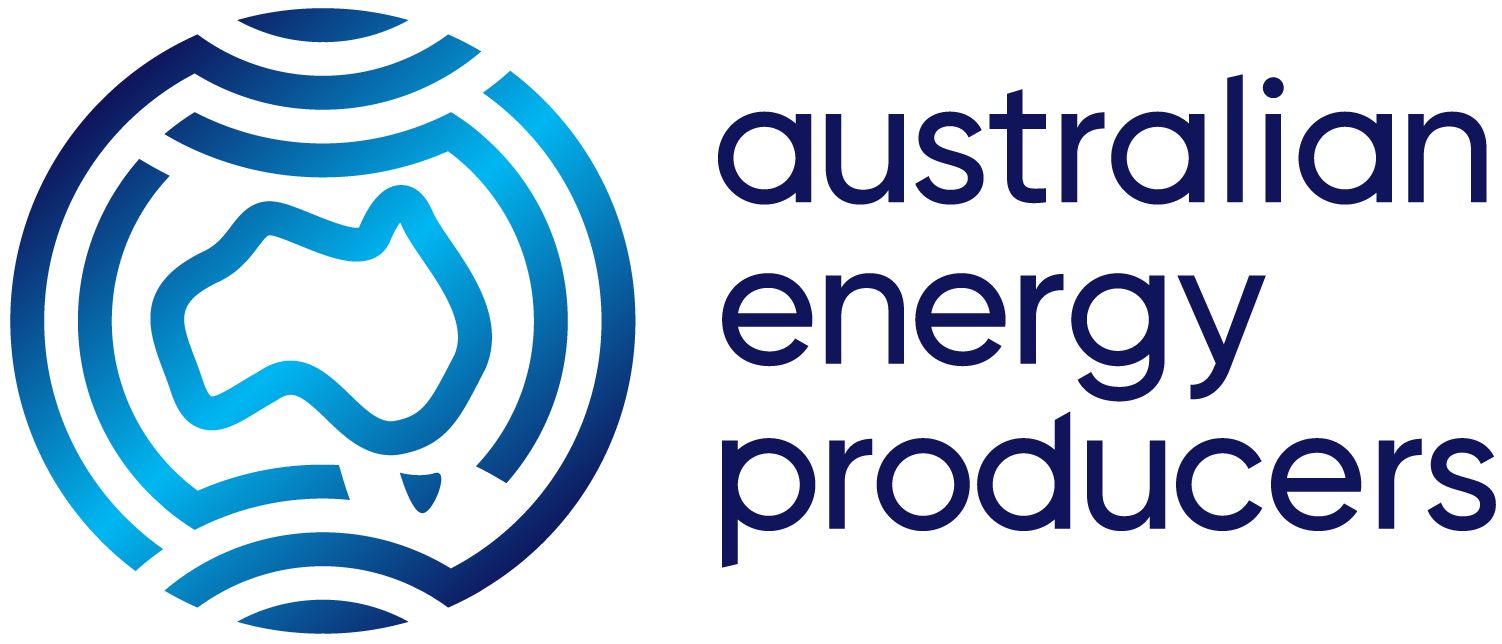20 Mar 2023
Opinion Article: New gas supply strategy needed to ease pressure (The Australian)
Samantha McCulloch
Australia’s east coast energy system alarm bells are getting louder. Is anyone listening?
The latest independent verdict again puts governments on notice, highlighting the increasingly serious consequences looming for millions of homes and businesses relying on energy supplies.
The Australian Energy Market Operator (AEMO) has warned of the risk of annual gas supply shortfalls every winter through to 2026 due to Victoria’s continuing strong demand for gas coupled with steep declines in gas production, leaving the state increasingly dependent on Queensland gas.
Unfortunately, these warnings are nothing new, though the language is getting sharper and the challenges are mounting the longer they are ignored.
Another independent observer, the Australian Competition and Consumer Commission (ACCC), warned as recently as January that gas shortfalls loom from 2027 while recommending new supply.
“Avoiding long-term supply shortfalls will require development of new supply and infrastructure,” the ACCC Gas Inquiry Interim Report said.
In fact, for over a decade New South Wales and Victoria governments have received warning after warning from independent authorities and industry stakeholders about the need for investment in new supply.
But rather than focus on policies that enable new investment, these states have instead put energy security and affordability at risk and neglected to act in the public interest.
There have been bans, regulatory uncertainty and, in some cases like last year’s Victoria Gas Substitution Road Map, illogical demonisation of one of this nation’s most important industries.
AEMO highlights that the “current investment environment for projects is challenging and highly uncertain”, citing barriers like regulatory approval delays and the Commonwealth’s market interventions.
At a hip pocket level, southern states have ignored the enduring principle that the cheapest gas is the gas closest to the customer – and there are millions of domestic and commercial gas customers in our two most populous states.
At a time of cost-of-living pressures, this has left homes and businesses in Victoria and New South Wales paying an extra $2/GJ whenever gas is imported from Queensland.
But this problem is not just about cost. It is also about energy security.
The energy system crisis last winter exposed the long-term under investment in gas supply.
Gas prices rose when there was a rapid and unprecedented demand for natural gas– up 55% in the National Electricity Market (NEM) in May – as coal and renewable problems left a void in power generation.
Now another winter is coming, and the situation has only gone backwards.
Canberra is currently imposing layer upon layer of interventions – advocating permanent price controls while injecting uncertainty into our world-leading export industry by increasing the risk of breaking export contracts.
These interventions are compounding the situation, not alleviating it, and instead are taking our domestic energy market insecurity and exporting it to our valued international partners.
None of this has reduced prices for homes and businesses or boosted energy security – in fact, it has had the opposite effect: freezing markets, spooking new east coast investment and worrying global investors and customers.
AEMO last week made it clear that the root cause of market shortfalls is inadequate gas supply and infrastructure, not exports.
Some anti-gas activists used the report to call for an end to new gas supply, willfully blind to the critical role gas is playing in our society and the analysis of expert authorities around the world.
Black outs and higher prices are not the only consequence of less gas supply. Recent disruptions to the global gas market has led to higher emissions in as countries shift back to coal. In fact, the International Energy Agency (IEA) forecast 2022 as the highest year ever for coal consumption.
Whether it’s authorities like the IEA or AEMO – or even Prime Minister Anthony Albanese’s strong backing earlier this month – natural gas is widely recognised as critical to our energy system and getting to net zero by 2050.
It will have an increasingly important role in a cleaner energy future –backing up renewables and kick-starting new energy pathways like low-carbon hydrogen.
As we still enjoy the warm weather of a lingering summer, it’s easy to forget the chill that hit the east coast and its energy systems last May.
Within two months, those pressures could be resurfacing again, and every winter in coming years.
AEMO makes it clear that breaking gas supply contracts with key trade partners in the regions is only a temporary solution – delaying shortfalls for only 12 months.
Instead of risking Australia’s trade reputation in the region, we should be focusing on addressing the root cause of shortfalls and providing certainty to the sector.
Victorian and NSW policies are still keeping their gas in the ground while they look elsewhere for solutions.
And Canberra’s interventions are having the opposite effect of intended.
Australia needs a new gas supply strategy from these governments to support a pipeline of projects and help end the uncertainty gripping the national energy system.
Samantha McCulloch is the Chief Executive of the Australian Petroleum Production & Exploration Association (APPEA)

